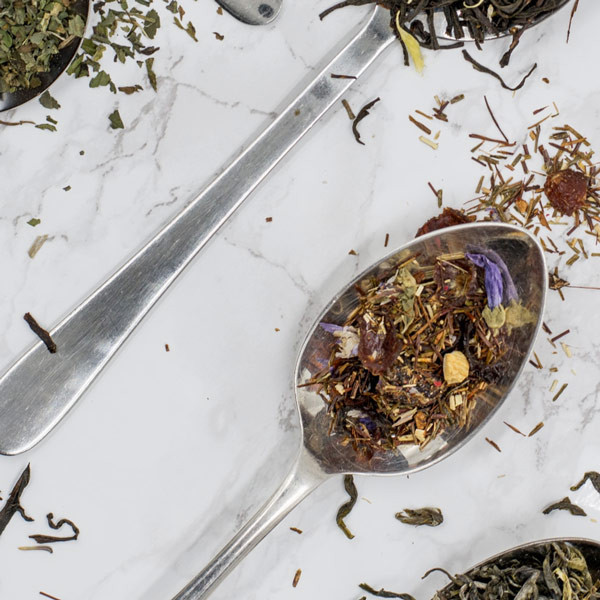The process of entering ketosis can take some time, usually somewhere between 1 and 2 weeks depending on the individual.
In order to promote a state of ketosis, the body must begin to create different enzymes, and rely on different hormones for it to run efficiently. It can take some time to convince the body to do this, but there are a few practices that can help the body along a little bit easier.
1. Fasting
Fasting is one of the fundamental tools people use to promote the process of ketosis in the body. The idea is that for long durations without a meal, the body will use up all sugar stores. For those new to ketosis this can be uncomfortable at first. The cells of the body require energy and will be deficient. Eventually, after an extended amount of time (a couple hours) the body will turn to the fat stores for energy.
After each fast, the body will turn to fat quicker. In just a few days of intermittent fasting the body will already begin to develop a preference for fat as a source of fuel. This is because the body will begin to identify fat as the more reliable source of fuel than sugar.
It’s important to note that there is a difference between fasting and severe calorie restriction like anorexia nervosa. It’s important to receive adequate amounts of water, minerals, vitamins, and calories to maintain health. Intermittent fasting is just a technique that helps convince the body to obtain its energy from fat over carbohydrates.
Fasting can be done in 3 ways:
- On a per-week-basis
One or 2 days are chosen to fast the entire day, consuming very little calories (around the 500 calorie mark), but plenty of water! A multivitamin is also a great thing to take on these days. - On a daily basis
Food is limited between a set window of time. An example would be consuming food only between 8am and 6pm, leaving 14 hours every evening/night to fast. Try using the Zero fasting tracker app to get you started. - A combination of the two
Consuming food within a window of time each day, and fasting for an entire day once or twice a week. This is best for people experienced with the ketogenic diet. It can be very uncomfortable, and possibly even unhealthy for those new to the diet.
2. Long Duration, Aerobic Exercise
When it comes to long duration exercises like running, swimming, biking, etc, the body has a much higher preference for fat sources of fuel over sugar because it can be sustained for much longer. Sugar and glycogen storages will burn up quickly, and won’t be able to sustain long durations of exercise.
By regularly practicing these long durations of medium to low intensity exercises, the body is trained to rely on fat sources of fuel over sugar. It’s important to focus on breathing during these exercises to ensure that enough oxygen is in the blood to reach the cells to promote fat metabolism. Fat metabolism is heavily reliant on oxygen through a process known as “beta-oxidation”. If oxygen is low (such as with HIIT exercise), the body will be forced into using glycogen (sugar) as a source of fuel which would be counter productive.
When combined with fasting, a high-fat low-carb diet, these types of exercises become very easy, and can have a significant impact on things like weight loss, concentration, athletic endurance, and muscle toning.
3. Yerba Maté
Yerba maté tea (pronounced yer-bah mah-teh) comes from the leaves of a large Amazonian tree. In South America it’s a popular beverage, and the culture around its consumption is quite unique. Traditionally the brew was used to promote energy levels, and was used at social gatherings. To this day, many parts of South America use it to promote weight loss, and as a daily stimulant to replace coffee. You can find “Maté” shops all over the place at the same prevalence that cafes are in Australia
Yerba maté is one of the best companion drinks for the ketogenic diet for several reasons:
- It contains high levels of protective antioxidants
These help to eliminate a lot of the metabolic waste produced by the body during ketosis. Antioxidants are one of those things we can never get enough of. No matter if you’re in ketosis or not, antioxidants are very important to minimise the damage from environmental toxins, metabolic side effects, and dietary free radicals. - It contains high levels of thermogenic alkaloids.
Thermogenic means “heat-promoting”. The heat that thermogenic componuds produce is in the form of body heat as a result of increased metabolism. They help initiate ketosis by increasing resting metabolism, and speed the breakdown of fats into ketone bodies.
In yerba maté, the main thermogenic compounds are the related alkaloids theobromine and caffeine. They increase metabolism, and promote the usage of fat as a source of energy. The caffeine from yerba maté has noticeably lower side effects than something like coffee because of the presence the similar alkaloid theobromine.
Theobromine is the alkaloid found mainly in dark chocolate that works almost directly against caffeine's actions on the vascular system while maintaining much of the thermogenic benefits. Instead of causing jitteriness and anxiety, yerba mate promotes mental clarity, and maintains its thermogenic status. - Yerba Maté modulates some of the genes found to metabolise fat
Interestingly, yerba maté has even been found to interact with our DNA to promote fat metabolism. In at least one study [1], yerba mate extracts were found to directly modulate the gene expression of several genes involved in obesity by rats fed a high-fat diet. This modulation is thought to improve the metabolism of fat within the body making it a perfect companion for promoting ketosis.
4. Get a Ketone Meter
This is totally unnecessary, but is a useful tool for those hardcore ketogenics. These devices work in the same way as a glucose meter, but measures the ketones in your blood. They can be useful for helping you optimise your state of ketosis, and to find what times of the day are optimal for you to eat, fast, or exercise.
For most people ketosis takes place at around 0.5 to 3 mmol ketones/L. The higher this number, the better. You will likely find that your ketone levels are higher at night or during a fast.
5. Be Patient!
This is one of the most important things n a ketogenic diet. Going from high carb to high fat can take a while to register in your body. You’re basically flipping the order in which your body chooses to burn energy. Doing this will require new enzymes and hormones to be created throughout the body. Thinking that ketosis happens over night is a mistake made all too often. People get frustrated when they can’t make it through a fast, or feel tired and hungry in the early days of the diet, leading many people to give up altogether. It’s important to remember that during the transition, it’s normal to feel hungry, irritable, and slightly fatigued. All of these side effects will go away with patience and persistence.
If you’re feeling too tired or hungry, it’s okay to cheat in the early days of the diet. This isn’t one of those extreme 30 day all or nothing types of diets. Rather, it’s a lifestyle that’s constantly cultivated and improved upon.
Whether it takes you 1 week or 2 months to enter ketosis, it really doesn’t matter. The aim is to gently nudge the body in the direction you want to go in as healthy a way as possible. Afterall, the whole point of the ketogenic diet is to look and feel your best, if you feel as if it’s hurting you, well… it probably is. Dial back and ease into it more slowly and you’ll be surprised at how good you feel once it happens naturally.
For more information - Read our Ultimate Guide to the Ketogenic Diet
See our range of Keto Friendly Snacks.

Love Health?
From recipes, trends and discounts, expect great things via email this month.
More Great Reads!

Behind The Brand: Antipodes
Recipes We Love!

Clever Cookies












